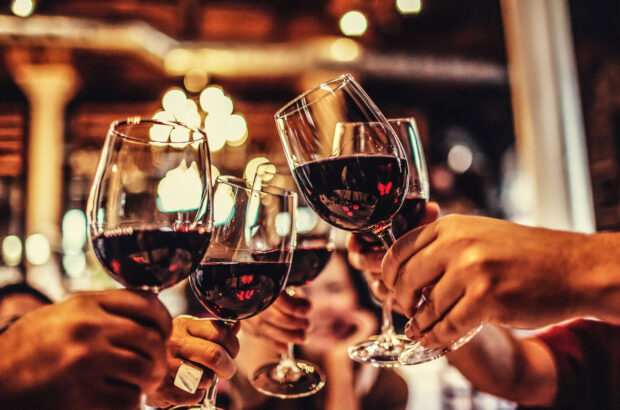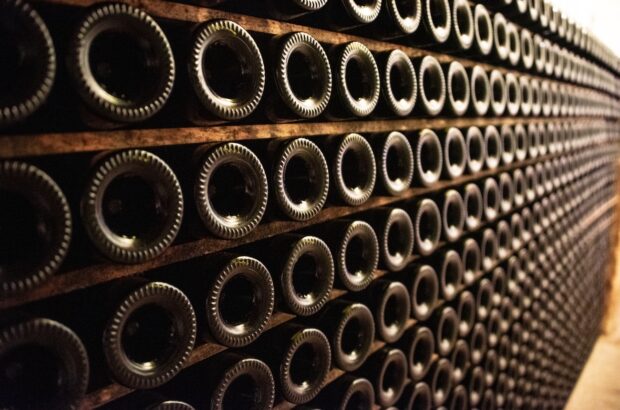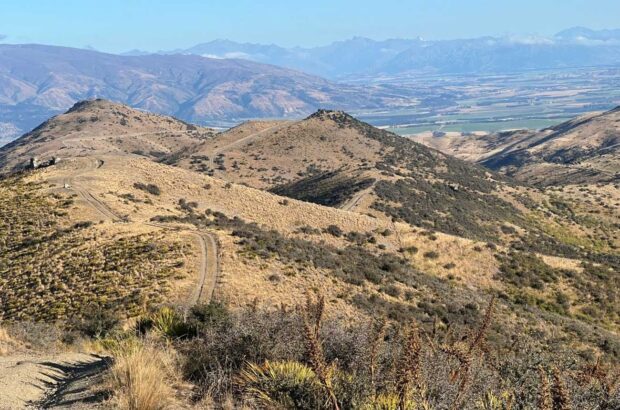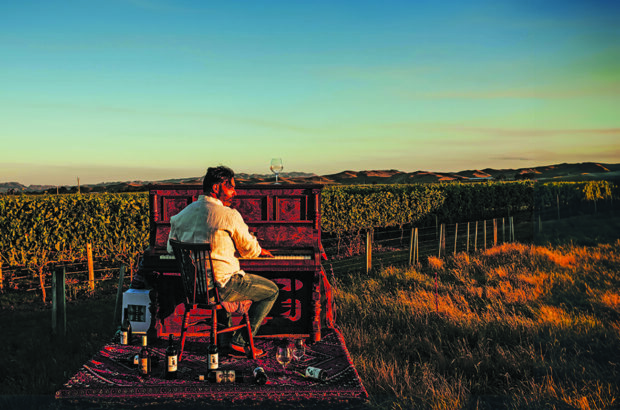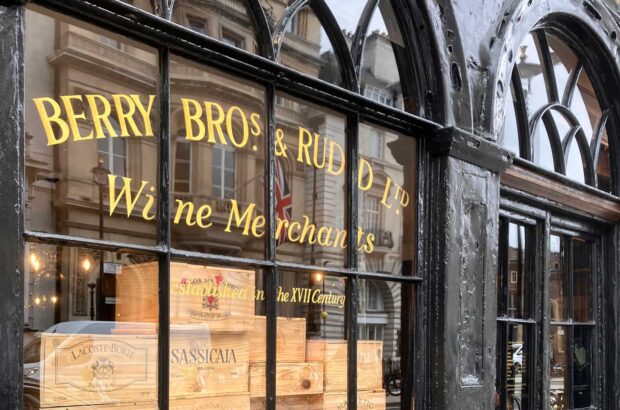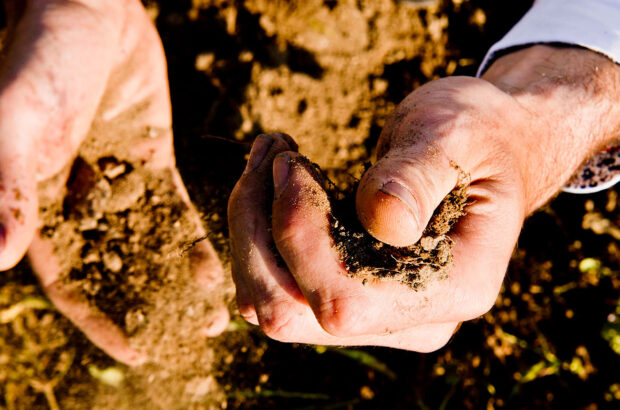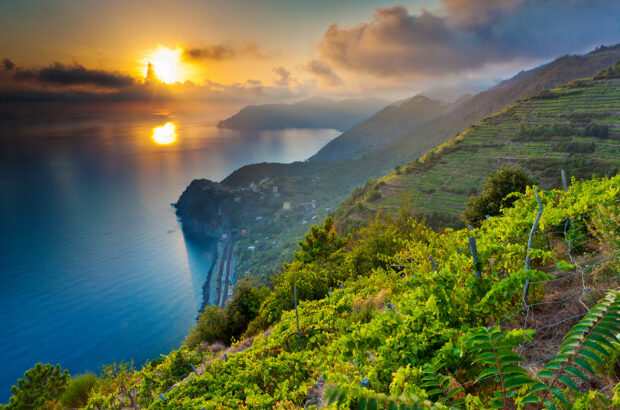- The alchemy of the grape, climate, vintage and producer.
- The malolactic fermentation is blocked … wines are bottled early.
- Older barrels are used for fermentation.
- A more ‘organic’ approach to viticulture.
White wines from the Loire Valley appellations Vouvray and Montlouis are a curious alchemy of the mercurial Chenin Blanc, climate, vintage and producer. From this amalgam dry (sec), medium-dry (demi-sec), sweet (moelleux) and sparkling wines are produced. In ripe years, such as 1995, 1996 and 1997, the balance swings towards demi-sec and moelleux, in less ripe vintages, like 1992 and 1993, it moves towards dry and sparkling wines, and when the spring frosts bite hard, as in 1991 and 1994, then production of any kind becomes more of a miracle than anything else. In terms of volume, sparkling wines represent half the total output in both appellations, with most producers offering the slightly sparkling pétillant style or a méthode traditionelle. A lot of lacklustre, commercial wines are made in these appellations but, these aside, there are also some wonderfully unique wines produced by a hard core of producers who, over the years, have introduced rigour into their winemaking and viticultural practices.
Reduced yields, a balanced system of viticulture and selective harvesting, or tries, are just some of the methods that give more latitude to the equation. The essence, whatever the style, is to find sufficient natural maturity to balance the Chenin grape’s high acidity. When this is achieved the wines acquire harmony, substance and a wonderful panoply of aromas and flavours ranging from citrus, pear and mineral to the more unctuous, honeyed, quince and crystallised fruit nuances of the sweeter wines. Montlouis and Vouvray are located respectively on the left and right bank of the River Loire, just to the east of Tours. The climate is cool maritime which, combined with the late-ripening nature of Chenin, or Pineau de la Loire as it is known locally, means that the harvest takes place late in October and November. The hollowed out cellars and troglodyte caves that overlook the Loire from the scarp above the village of Vouvray and upriver at Rochecorbon reveal the calcareous tufa, or tuffeau, bedrock found throughout the two appellations. Above this the vines are planted on soils of varying depth and composition, most notably a clay-limestone mix known here as aubuis and a clay-silica mélange baptised perruches.
Montlouis on the south side of the Loire has a mere 300 hectares (ha) under production compared to Vouvray’s 2,000. In general, the style of dry, medium-dry or sweet Montlouis is similar to that of Vouvray but with less weight and intensity due, in part, to the appellation’s lighter, sandier soils. The bracing acidity is still there, though, ideally demanding a little patience with the wines before consumption and providing enormous potential for ageing. The vineyards are situated on a series of open plateaux that extend south from the Loire to the River Cher. There are few, if any, producers of interest in the village of Montlouis itself, the leading lights being located a couple of kilometres downriver in the tiny hamlet of Husseau or further south at Saint-Martin-le-Beau. Claude Levasseur, in Husseau, is one of the stalwarts of the appellation having managed the 12.5ha family domaine since 1962. In the cellars under the house, typically excavated from the tuffeau rock, vinification takes place in old 600-litre demi-muid barrels. The malolactic fermentation is blocked to guard acidity and the wines are bottled early in April or May following the vintage to preserve the fruit. This is classic winemaking for the region, producing dry and demi-sec styles that are crisp and floral with a citrus edge, and sweeter wines of a light texture.
A number of the younger producers in Husseau have begun to push the boundaries for perfection a little further. François Chidaine has returned to the soil and natural methods of production. Chemical weedkillers have been banned, the soil worked and ploughed and treatment for disease in the vines restricted to powdered sulphur and copper sulphate. The grapes are selectively hand-harvested during two or three tries and natural yeasts are used for the fermentation. Several cuvées are produced according to the various parcels of vines. Clos du Breuil is a dry wine produced from grapes grown on perruches soils and in the 1996 vintage it offers delicate honeysuckle and apple aromas and a round, dry, ample palate. Proving that Montlouis can also produce naturally rich wines, the 1996 cuvée Les Lys, made from grapes from 80-year old vines, has lively, fruity aromas, a rich marmalade nuance on the palate and over 110 grams/litre of residual sugar.
Jacky Blot is one of the few outsiders to install himself in the appellation, having created the Domaine de la Taille aux Loups in 1988 through the purchase of three tiny vineyards. He follows the same viticultural philosophy as Chidaine, selecting and sorting the grapes not only on the vine but on a sorting table in the vineyard. The yields, therefore, average out at a lowly 25–30 hl/ha. Where Blot differs from others is in his use of oak for vinification. Classically in Montlouis (and Vouvray) older barrels are used for fermentation as the flavour of oak is not sought. Blot’s view, however, is that these old barrels can impart unwanted flavours so from the start he opted for newer barrels, initially buying used barriques from Château d’Yquem, then purchasing new demi-muids. In 1997 he experimented with new barrels from a cooperage in Burgundy. The wines are elegant rather than powerful, with the dry wines, in particular the cuvée Remus, marked by an atypical note of oak on the palate and nose.
Back over the river in Vouvray the leading producers, like Foreau, Huet and Poniatowski, have also turned towards a more ‘organic’ approach to viticulture and to the idea of ‘natural’ wines. Domaine Huet started experimenting with biodynamics in 1987, receiving the official Demeter label in 1992, but as 88-year old Gaston Huet reflects, ‘the domaine has always been cultivated with this perspective in mind’. Philippe Poniatowski has ‘accentuated’ the organic approach over the years by ploughing the soils, using only organic fertilisers, and introducing the predatory typhlodrome insect to combat the red spider mite and adopt a more balanced viticultural environment without the use of insecticides. Like Foreau and Huet, he neither chaptalises nor uses cultured yeasts. This idea of producing a wine that is ‘representative of the year’ from a balanced viticultural base has been highlighted by the recent spate of ripe vintages. In the early 1980s cellars in Vouvray offered little in the way of sweet wines, but with the ripe 1985, 1988, 1989, 1990, 1995, 1996 and 1997 vintages (the consequences of global warming?) the tables have practically been turned, with stocks of dry wines from top producers almost harder to come by.
In terms of terroir there is a clearer hierarchical structure in Vouvray than in Montlouis. The hillslopes just behind Vouvray are known locally as the ‘Premier Côtes’ and have a perspective a little like that of Saint-Emilion’s plateau and côtes, with good exposure and thin topsoils, the vine roots penetrating deep into the tuffeau bedrock below. It is here that vineyards like Huet’s Clos du Bourg and Poniatowski’s Clos Baudoin are located, producing long-ageing wines of great intensity. Other tiny valleys run off into the Loire and here, again, good sites can be found on well-exposed hillslopes with either clay-limestone or clay-silica soils. Philippe Foreau at the Domaine du Clos Naudin has plenty of clay-silica soils in his vineyards on the Premier Côtes. This probably explains the firm, mineral edge that can be found in his wines, which he describes as ‘almost Chablisesque’ in older vintages. Foreau’s wines are some of the most precise in the appellation, made with perfect attention to detail. Low yields, selective harvesting, gentle pressing by pneumatic press and early bottling provide wines of captivating fruit, weight and rich maturity. He is also keen on linking each style of wine to the appropriate food combination: dry with a natural cuisine like grilled fish, demi-sec with dishes that incorporate richer cream sauces and moelleux with, for instance, fruit tarts.
Equally well-sited are the vineyards of Bernard Fouqet at the Domaine des Aubuisières, with the exception that the soils have a dominance of clay-limestone, or aubuis, as the name of the domaine suggests. A percentage of the vineyards are worked and tilled and the rest sown to grass seed to provide competition for the vines. The dry and demi-sec styles are fermented with natural yeasts in epoxy-coated concrete tanks for protection against oxidation, and the sweet wines in barriques. Contrary to usual practices in Vouvray, the wines are fermented rapidly and then left on fine lees for a month. This combination of terroir and technique produces expressive, aromatic, fruity wines that are more approachable in youth than Foreau’s. The 1996 demi-sec Le Bouchet is typical, with a super expression of fig, caramel and ripe pear and 20g/l of residual sugar to balance the acidity.
The levels of residual sugar in Vouvray and Montlouis provide a hazy area of discussion. According to a European Union decree dry wines should have under five grams/litre, demi-sec between five and 14g/l, moelleux between 14 and 45g/l and anything above should be referred to as doux (a term most producers detest, preferring the description liquoreux). This, of course, does not take into account the regions’ high levels of acidity and is the reason why producers are reluctant to precisely label the style of their wine. A vast amount of dry Vouvray has more than the statutory five grams/litre, which honestly gives a better balance to the wine, and is known unofficially as ‘sec tendre’. Didier and Catherine Champalou make amiable, aromatic wines that reflect their character. Starting virtually from scratch in 1984 at the tender age of 20, they have built the domaine up to 19ha and have acquired a loyal clientele. Their 1996 ‘dry version’ of Vouvray, which they describe as ‘type sec’, has loads of charm and a fresh citrus fruit aroma. When the wine had been blended to their satisfaction they sent it for analysis and found that it had 17g/l residual sugar, a level that could not be perceived by tasting. The firmer, more complex demi-sec Cuvée des Fondraux from clay-silica soils has 32g/l, while the honeyed Tries de Vendanges produced from raisined (rather than botrytised) grapes has 170g/l. All of which makes a mockery of the official legislation.
In the Vallée de Cousse, close to where the TGV cuts a swathe through the hills, François Pinon runs a domaine whose history can be traced back to 1786. Like the Champalous, Foreau and Fouquet, Pinon is part of the youthful generation that is maintaining the good name of Vouvray. He has, he says, returned to his grandparent’s form of viticulture, restricting yields through severe pruning, using sulphur and copper sulphate to combat disease, and late-harvesting with plenty of tries. In essence he adapts to each vintage. In 1994, when only seven percent of the harvest remained after the frost, he produced one bone dry wine. But the last three vintages have made up for this disappointment – his 1995 Cuvée de Novembre, from botrytised grapes, displays the honeyed charm and freshness typical of good Vouvray. The wines of Montlouis and Vouvray from good producers offer genuine authenticity and character. They may not be as easy to come to grips with as custom-made Chardonnay but they can still stand the test of time.


